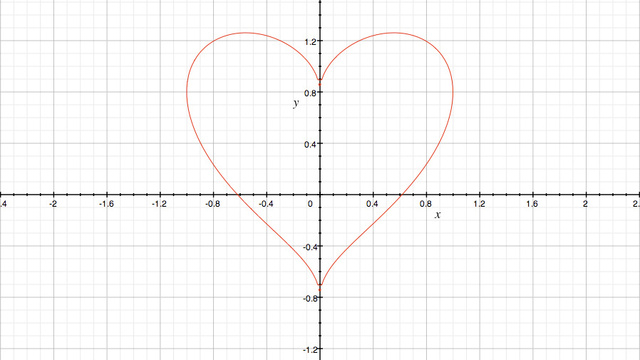Mathematician Hacked OkCupid. Got 88 First Dates and One True Love
2014.01.23

In the age where it's getting harder to meet people, what more the "right people", online dating provides the perfect avenue. So mathematician Chris McKinlay from UCLA decided to put his skills by hacking OkCupid.
The 35 year old PhD student decided to "date like a mathematician", and after realizing his compatability score with women in Los Angeles was "abysmal", he decided to hack the whole system.
While his dissertation work continued to run on the side, he set up 12 fake OkCupid accounts and wrote a Python script to manage them. The script would search his target demographic (heterosexual and bisexual women between the ages of 25 and 45), visit their pages, and scrape their profiles for every scrap of available information: ethnicity, height, smoker or nonsmoker, astrological sign—"all that crap," he says.
To find the survey answers, he had to do a bit of extra sleuthing. OkCupid lets users see the responses of others, but only to questions they've answered themselves. McKinlay set up his bots to simply answer each question randomly—he wasn't using the dummy profiles to attract any of the women, so the answers didn't matter—then scooped the women's answers into a database.
OkCupid noticed the hack, though that didn't stop McKinlay from making his bots appearing more human. To find the survey answers, he had to do a bit of extra sleuthing. OkCupid lets users see the responses of others, but only to questions they've answered themselves. McKinlay set up his bots to simply answer each question randomly—he wasn't using the dummy profiles to attract any of the women, so the answers didn't matter—then scooped the women's answers into a database.
Love is a datafield:
McKinlay’s
code found that the women clustered into statistically identifiable
groups who tended to answer their OkCupid survey questions in similar
ways. One group, which he dubbed the Greens, were online dating newbies;
another, the Samanthas, tended to be older and more adventuresome.
Here’s how each cluster answered four of the most popular questions.
He eventually found love on the platform, thanks to all that analytical prowess. And really, this is quite a romantic story compared to the 9 seasons of How I Met Your Mother. Head over to Wired's feature to read the whole story. [Wired Image by Alice Bartlett under Creative Commons license]More Articles
Copyright © Fooyoh.com All rights reserved.